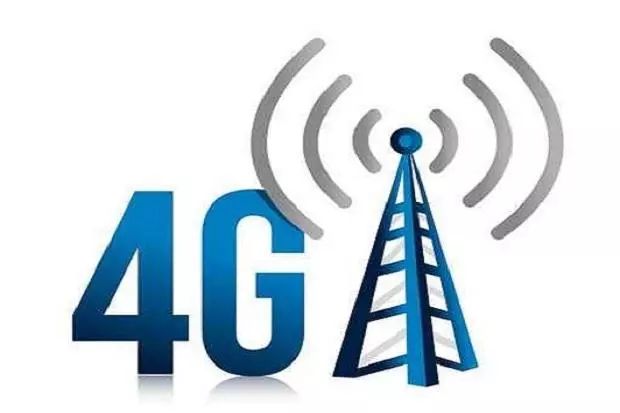A survey conducted by ABI Research found that 4G remains the preferred solution for IoT connectivity.
The new year doesn’t bring a new dominant IoT connectivity standard. ABI Research monitored activity on 1,037 IoT models from 52 module suppliers and found that competing standards still have some way to go before they can catch up with 4G.

4G accounts for more than 60% of cellular modules, covering high-bandwidth CAT12 to CAT20, and high-bandwidth CAT1 to CAT4, while 5G only accounts for 4.34%.
Harriet Sumnall, IoT hardware and devices research analyst at ABI Research, said: “While 5G is nothing new, there are currently only 45 5G IoT module models available. This is not surprising as 5G is not suitable for the automotive sector. Many IoT applications beyond fixed wireless terminals are also not suitable because the initial release of 5G baseband modems was targeted at the consumer mobile broadband market.”
While 2G and 3G networks are starting to shut down around the world, 4G is unlikely to be under threat for quite some time. 4G is still widely available, while 5G is still in its relatively early stages.
Another 20% of the modules use low-power wide area network (LPWAN) technology. NB-IoT and LTE-M are leading solutions in the LPWAN field. 4G-module
Sumnall added: “As these technologies gain a foothold in the IoT space, module vendors will release more 5G and LPWAN module models. However, it is important to note that any slow technology adoption is not due to a lack of available module hardware. Caused.”
It is expected that 4G will remain the preferred connectivity technology for IoT devices in the medium and long term. At the same time, LPWAN will become the solution of choice for applications such as smart street lights in the coming years.
To date, most sales of LPWAN modules have occurred in China.